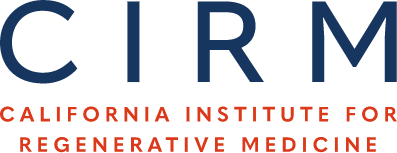RNA-directed therapy for Huntington’s disease
Research Objective We develop a novel adeno-associated viral (AAV) vector-delivered RNA-targeting therapeutic for elimination of toxic RNA causative of Huntington’s disease. Impact There are no disease-modifying therapies for Huntington’s disease.…



